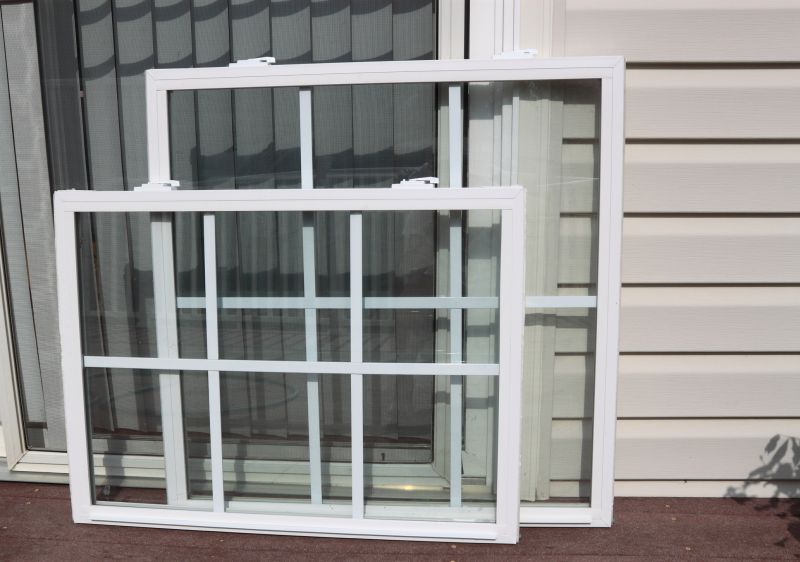Optimal Timing for Windows Installations
Understanding the optimal timing for Windows installations can improve system performance and reduce downtime. Proper planning ensures compatibility with existing hardware and software, minimizes disruptions, and allows for efficient updates. The timing often depends on user needs, system readiness, and operational schedules.
Before scheduling an installation, evaluate hardware compatibility and backup existing data to prevent loss.
Perform installations during low-usage periods to minimize impact on daily operations and productivity.
Coordinate with scheduled maintenance periods for smoother updates and reduced interference.
Ensure all essential applications are compatible with the new Windows version before proceeding.

Image depicting the step-by-step installation of Windows.

Image illustrating scheduling during off-peak hours.

Image showing data backup before installation begins.

Ways to make Windows Installations work in tight or awkward layouts.

Popular materials for Windows Installations and why they hold up over time.

Simple add-ons that improve Windows Installations without blowing the budget.

High-end options that actually feel worth it for Windows Installations.

Finishes and colors that play nicely with Windows Installations.

Image of Windows update interface during installation.

Image showing improved system performance after installation.

Image highlighting new security features in Windows.

Image displaying the Windows desktop after installation.

Little measurements that prevent headaches on Windows Installations day.

A 60-second routine that keeps Windows Installations looking new.

A frequent mistake in Windows Installations and how to dodge it.

Small tweaks to make Windows Installations safer and easier to use.
| Best Timing Factors | Description |
|---|---|
| System Compatibility | Ensure hardware and software are compatible before installation. |
| Operational Schedule | Align installation with low-usage periods. |
| Update Release Cycle | Install major updates soon after release. |
| Backup Status | Complete data backups prior to installation. |
| Network Availability | Perform installations when network bandwidth is optimal. |
| IT Support Availability | Schedule when technical support is accessible. |
| User Readiness | Inform users and prepare for potential downtime. |
Additional Information on Windows Installations
Effective timing of Windows installations enhances system stability and security. Regular updates are essential to protect against vulnerabilities and improve user experience. Planning installations during appropriate windows can prevent disruptions and ensure a smooth transition to newer system versions.

Image of checklist for preparing Windows installation.

Image showing active Windows setup.

Image of system configuration after Windows installation.

Lower-waste or water-saving choices for Windows Installations.

The short, realistic tool list for quality Windows Installations.

Rough timing from prep to clean-up for Windows Installations.

Quick checks and paperwork to keep after Windows Installations.

Examples that show the impact a good Windows Installations can make.
Individuals and organizations should consider their operational needs and system health when scheduling Windows installations. Proper planning can lead to enhanced security, better performance, and minimized operational impact. If interested in scheduling a Windows installation, filling out the contact form is recommended for tailored assistance.

